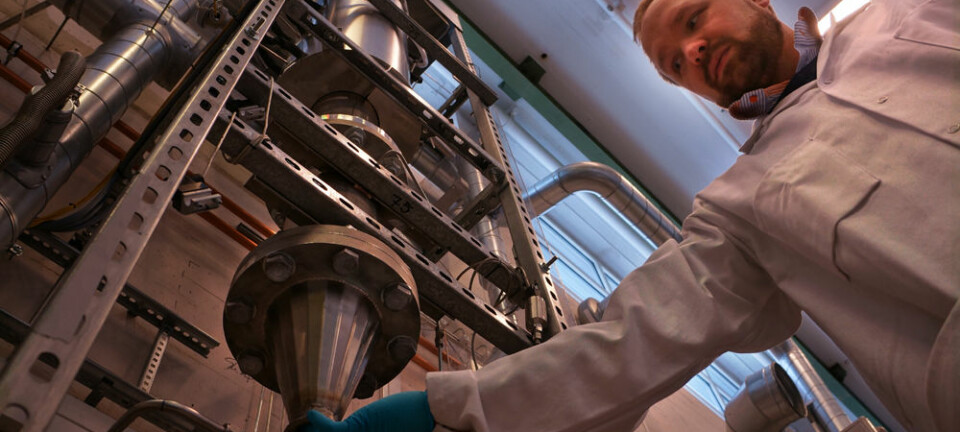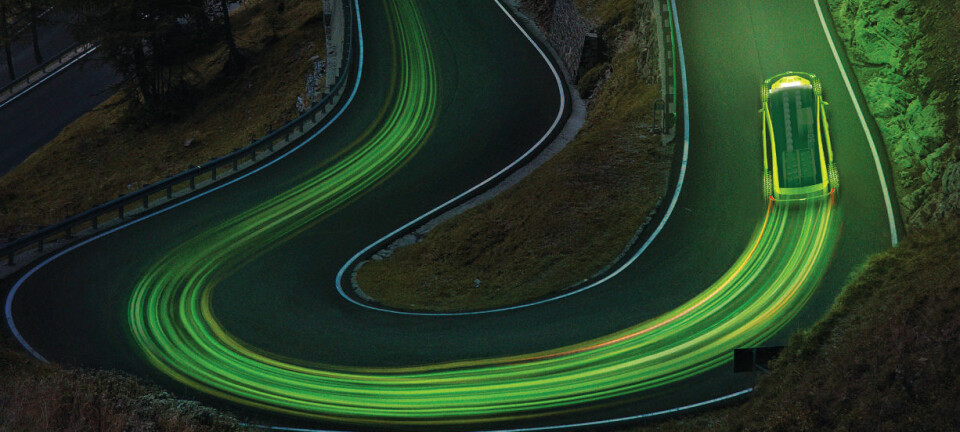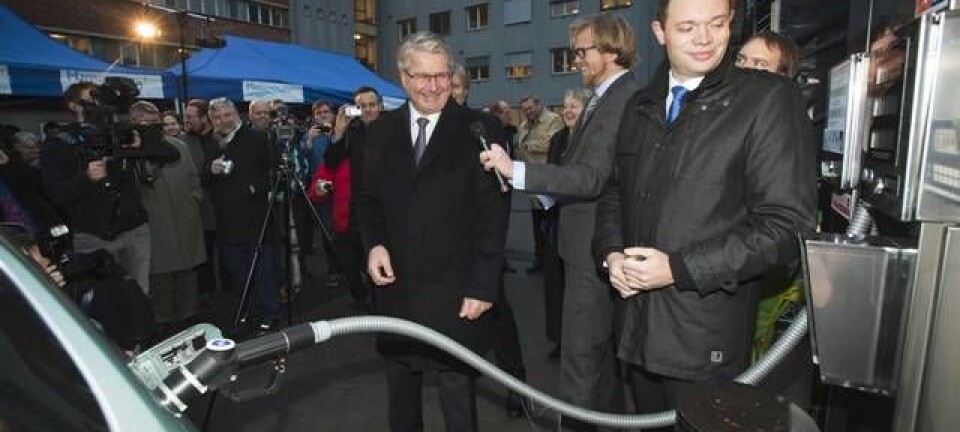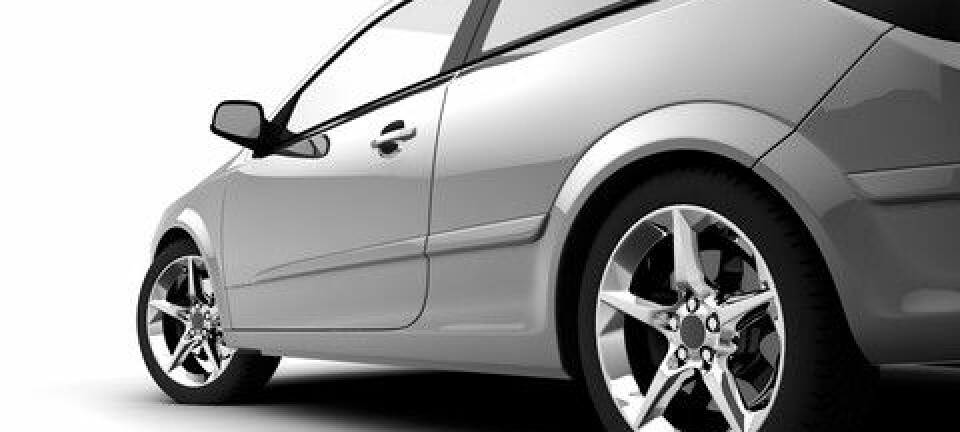
The challenge of keeping everything charged
Can the power grid support the rapid increase in electric cars and buses? Hydrogen may be an important wild card in the power equation.
Denne artikkelen er over ti år gammel og kan inneholde utdatert informasjon.
The demand for electric vehicles is growing, along with their uses. From private cars to public buses and even ferries, the technology is rocketing ahead.
Electric vehicles—or EVs—are getting bigger, and their range is increasing. That raises the question: can the power grid keep up with the new green wave of EVs? This was one of the questions addressed by Arne Sigbjørnsen, the product manager for ABB’s fast chargers and a presenter at the recent Zero Emission Conference in Oslo.
According to Sigbjørnsen, all electric cars will reach Tesla’s range of about 300 kilometres by around 2020. By 2025, the range may have reached 500 kilometres.
Reliable backbone
Bigger cars requiring more power and impatient motorists demanding shorter charge times on the road translate to more impact on power sources. Will fast-charging stations of the future be able to deliver?
Bente Monica Haaland, executive vice president at Statnett, believes that Norway has a solid network that will enable it to electrify the transportation sector.
Statnett is the backbone of Norway’s high voltage electricity transmission and distribution. They deliver the power, but not the charging stations. These are manufactured by private enterprises that are supported by ENOVA, a state enterprise that promotes more efficient energy consumption and production.
But small hiccups in the system are bound to occur, despite a reliable infrastructure, and reinforcements are needed, according to Haaland.
Facilitating big data oversight
Three important tools can facilitate moving power into batteries: smart grids, smart electricity pricing - and hydrogen.
With power generated by numerous small suppliers, and from wind and solar power, advanced data solutions will be required to keep track of everything.
This will affect the close Nordic energy cooperation that already exists. “The Nordic countries operate on a synchronous power grid. The current runs on the same frequency. Changes in one country affect the whole system,” Haaland says.
In her opinion, the digitization of the next generation power system is the most important step. “When so many resources come into play, we need to link them together, manage them, and treat them like "big data," she says.
Power by the hour
Smart electricity pricing means that you, as a consumer, know from one hour to the next when electricity prices are lowest so you can charge your EV then.
Smart electricity pricing also relies on advanced computer solutions. And they’re on their way.
“In the next few years we’ll be putting NOK 2.4 billion toward buying 7,000 new electric meters,” says Johan Christian Hovland from Hafslund, a leading power supplier in Norway.
These meters enable the electricity provider to see your hourly power usage by looking directly into your fuse box.
“Then we can set prices based on consumption, hour by hour. It’ll be advantageous for people to charge their car at night instead of when they park it in the garage in the afternoon,” said Hovland.
He is not too concerned about potential problems that electrical cars could pose for the power mains. The Norwegian power grid is well designed. It was built for electric heating of homes.
He says, “It's not like people need a dedicated quick charger at home. Charging an electric vehicle at home consumes no more power than a water heater. This will work fine.”
Matching need with availability
“Electricity is perishable. It has to be used when it’s produced,” says Bjørn Simonsen from NEL Hydrogen. The need for power doesn’t always match up with production.
This is where hydrogen comes in as an exciting wild card in the power equation. Simonsen says, “Hydrogen can be used for power storage and to extend the shelf life of electrical current. The power can then be used somewhere else, at some other time.”
Hydrogen production from electricity in Norway goes back to 1927, when Norwegian Hydro built the world's largest hydrogen plant - actually two of them - at Rjukan. They used electricity from the power plant and produced three tons of hydrogen gas per hour, Simonsen says.
Hydrogen car prices are dropping
He believes we can do the same thing today. Renewable solar and wind energy can be stored as hydrogen for later use, such as in fuel cells in hydrogen cars.
Hyundai and Toyota already have introduced hydrogen car models, and Honda is coming out with one in 2016. Fuel cells prices are dropping.
“Hydrogen cars will be as cheap as conventional cars. The dream would be to have hydrogen refuelling and rapid charging stations in the same place,” says Simonsen.
When a charging station has extra capacity, the excess power can be used to make hydrogen.
This hydrogen can refuel hydrogen cars, or it can generate electricity for the quick chargers to meet peak power demands when multiple EVs need to be recharged at once.
Simonsen believes that creating joint car parks for electricity and hydrogen is the quickest way to this goal, and also the best approach for the major power grid investments that will be needed.
-------------------------------------
Read the Norwegian version of this article at forskning.no


































